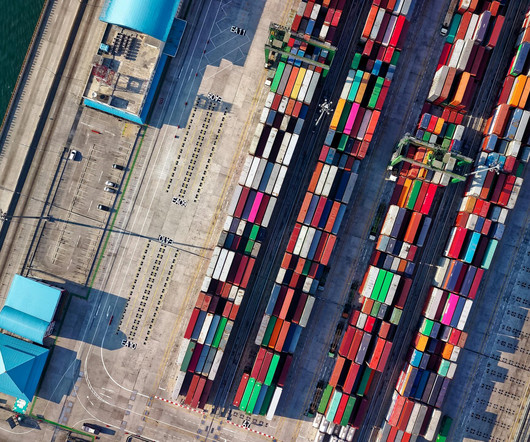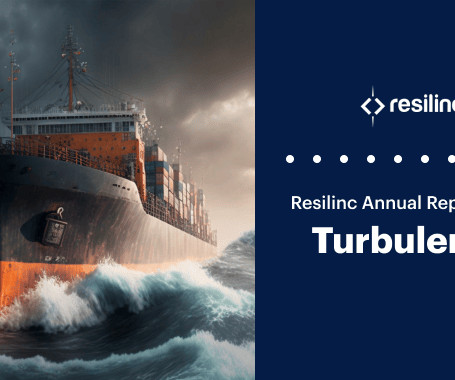10 Disruptive Issues in the Supply Chain
American Global Logistics
MARCH 5, 2024
Persistent Red Sea Risks Continue to Disrupt Critical Trade Route The ongoing conflict in Yemen has created several shipping risks in the Red Sea. has been working to negotiate a ceasefire in Yemen. As of late February 2024, CMA CGM is now shipping cargo through the Red Sea trade route. This is due to many factors.
















Let's personalize your content